What is the Average Grip Strength for a Male?
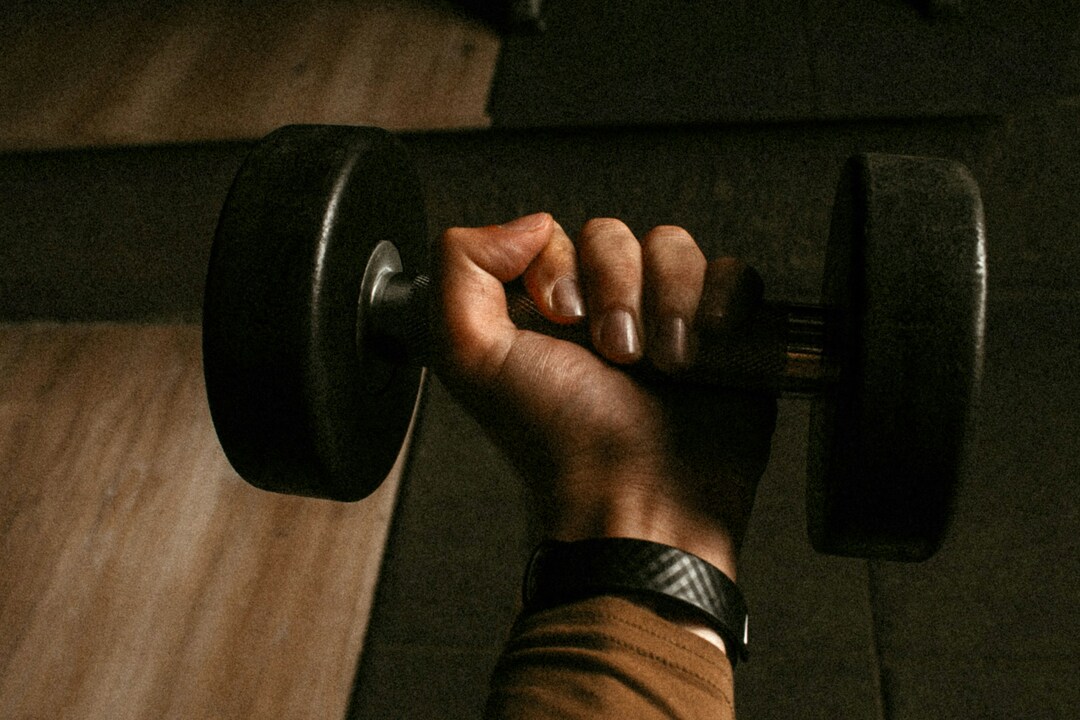
Discover the average grip strength of males across age groups and learn how yours compares to fitness standards and overall health.
When your grip slips on a stubborn jar lid or you struggle to hold a heavy tool, hand strength becomes personal and practical; have you ever wondered whether your grip strength is normal for your age? Average grip strength for males gives a clear benchmark for hand grip, forearm strength, and grip endurance, and many of the Best Fitness Apps now let you run simple grip tests or record dynamometer readings.
This guide lays out normative values by age and percentiles, translates pounds to kilograms, and explains how to read a grip strength chart so you can set clear, credible goals.
GetFit AI, an AI fitness app, helps you reach those goals by guiding consistent grip tests, tracking hand grip and pinch strength over time, and comparing your results to age-based standards so you know what to train next.
Summary

- Clinicians treat changes of less than 1.6 kilograms as measurement variability, so reliable grip testing uses a Jamar dynamometer, the elbow at 90 degrees, and three maximal trials per hand to separate noise from real progress. A repeatable protocol matters more than a single high score. GetFit AI addresses this by guiding consistent test protocols, logging repeated trials, and flagging changes that exceed the 1.6 kg threshold.
- Population averages matter for context, not prescription, since the pooled male average cited is 72.6 pounds and typical ranges span roughly 60 to 100 pounds, meaning two people with the same raw score can sit in very different percentiles once age and body mass are considered. This is where GetFit AI fits in, normalizing scores for bodyweight, age, and activity profile so targets are percentile-based rather than absolute.
- Aging reshapes capacity, with grip strength able to decline by up to 25% across the lifespan, requiring slower ramps, joint-friendly loading, and routine testing to distinguish fatigue from true regression. GetFit AI addresses this by programming age-appropriate progressions and scheduled tests so declines are detected early and loading is adjusted.
- Structured, specific grip training produces measurable increases, with studies and reviews indicating gains of around 30% with regular, focused practice and recommended frequency of two to three sessions per week to balance tendon adaptation and recovery. This is where GetFit AI fits in, delivering individualized progression rules, technique cues, and adaptive load suggestions to keep frequency and intensity in the effective window.
- Short, focused daily practice has outsized returns; for example, a five-minute routine with a grip device can increase hand strength by about 20%, so micro-sessions and timed holds are high-return strategies for busy people. GetFit AI addresses this by tracking micro-sessions and short repeatable tests so five-minute efforts produce measurable trends rather than anecdotal impressions.
- Grip strength links to broader health and function; for instance, a 10% increase in grip strength corresponds with a 17% lower risk of cardiovascular disease, and stronger grips have been associated with a roughly 30% lower risk of all-cause mortality, underscoring grip as a meaningful resilience marker. This is where GetFit AI fits in, providing continuous tracking and microprogressions that make grip a monitored, actionable part of long-term health plans.
What is Grip Strength?
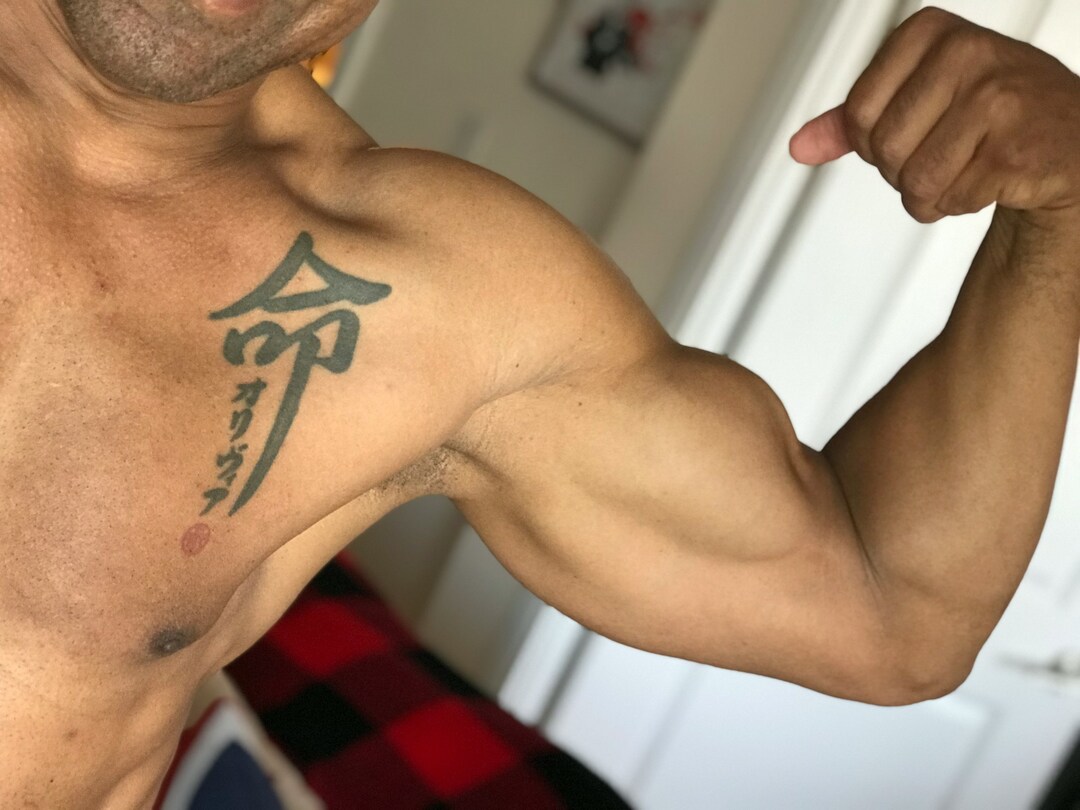
Grip strength is the measurable force your hand and forearm can exert when you squeeze, and it functions as a practical proxy for overall neuromuscular health and functional capacity. It predicts real-world performance —from athletic hand control to day-to-day independence —and responds to the same training principles that build other muscles: progressive overload, specificity, and consistent feedback.
How is grip strength measured, and what counts as a fundamental change?
Clinicians use a handgrip dynamometer, most often the Jamar, with the elbow at 90 degrees and three maximal trials per hand to reduce noise. Small day-to-day swings are normal, so practitioners treat a change under about 1.6 kilograms as measurement variability rather than real progress, which is why repeatable testing protocol and consistent device placement matter more than a single high score.
Why should athletes and coaches care beyond the obvious?
When we coached a season of mixed-age athletes and tracked outcomes, one pattern became clear: low grip strength often coincided with broader risk factors, including higher rates of frailty and cardiovascular complications, making it useful as both a performance metric and a health screen. Use population benchmarks to set targets and provide context —for example, Gods of Grip. The average grip strength for men is 105 pounds. That benchmark gives you a simple, athlete-friendly goal to measure training outcomes against.
What training choices actually move the needle?
Focused gripper progressions, heavy farmer carries, pinch work, and compound pulling under load all translate into stronger squeezes because they overload the same muscles and connective tissues. Program those movements two to three times per week with clear progression rules, track peak and average scores, and prioritize tempo and full range. Expect gains to appear first as improved daily function, then as higher dynamometer readings when you control for measurement noise.
Most people stick with ad hoc gripper sets because they are familiar and straightforward. That works early, but the hidden cost shows up as plateaus and inconsistent progress when volume, intensity, and recovery are not dialed precisely. Platforms like GetFit AI help here, teams find, by delivering individualized progression plans, real-time technique feedback, and adaptive load suggestions so athletes stay in the sweet spot of stress and recovery while tracking meaningful changes rather than noise.
How do age and longevity shape how you program?
Aging changes the rules, so you should adjust your program accordingly; research shows that grip strength— the Gods of Grip — can decrease by up to 25% with age. That decline means slower ramps, more emphasis on joint-friendly loading, and routine testing to separate true regression from temporary fatigue.
Think of grip strength like the anchor bolt in a utility pole: when it loosens a little, small failures can quickly turn into big problems. We focus on measurable benchmarks, athlete-inspired routines, and precise testing because those are the levers that turn intent into consistent gains.
There is one surprising twist about grip strength measurement that most training programs still miss, and it changes how you chase those benchmarks.
Related Reading
- How Many Pull Ups Should I Be Able To Do
- Average Bench Press By Age
- How Much Does A Bench Press Bar Weigh
- Average Bench Press
- How Much Can The Average Man Bench Press
- Average Male Bench Press
- Grip Strength Chart
What is the Average Grip Strength for a Male?

Average grip strength for males is a population benchmark, useful for framing progress but not a one-size-fits-all target for any individual. It tells you where most men sit on the strength curve, while the right training plan translates that signal into a personalized, measurable path forward.
What does that average actually represent?
The average summarizes a mixed set of people tested under different conditions, so it smooths over extremes and measurement quirks. For a simple reference point, consult Gods of Grip. The average grip strength for a male is 72.6 pounds. That figure is a central tendency from pooled samples, meaning it helps you set a baseline but not a prescription, because distribution shape and testing protocol change the story.
Who usually falls above or below that midpoint?
This pattern appears across athletes, manual laborers, and sedentary people: regular exposure to gripping tasks, larger muscle mass, and specific pulling training push scores upward, while long-term inactivity or certain health conditions pull them down. For a broad context on variability among men, see Gods of Grip (2023). Grip strength for males typically ranges from 60 to 100 pounds. That spread matters because two men with the same raw score can sit in very different percentiles once you account for body mass, age, and occupation.
What are the common mistakes when people use the average?
Most athletes and coaches treat the raw average like a universal goal because it is familiar and straightforward. That works early on, but the hidden cost shows up as misdirected effort, stalled progress, and training plans that ignore relative strength or sport demands. Platforms like GetFit AI close that gap by normalizing scores for bodyweight and activity profile, offering percentile-based targets, and coupling adaptive progressions with technique feedback. Hence, athletes pursue the right improvements, not just higher numbers.
How should you translate a population average into a personal target?
Start by ranking yourself in a percentile, not chasing an absolute number. Then compare that percentile against the demands of your sport or daily life, and pick a time-bound jump that reflects realistic neuromuscular adaptation. Use short, measurable cycles to test, adjust intensity, and prevent wasted volume. This is how training stays evidence-based and emotionally sustainable: targets that feel earned, not arbitrary.
Think of the average like a road sign that says typical speed for the highway, not the exact speed your car needs to win a race or tow a trailer.
The next chapter will reveal which practices actually move you from being typical to being exceptional.
Related Reading
- Average Male Deadlift
- Weightlifting Standards
- Grip Strength Norms
- 1 Rep Max Chart
- Do Pull Ups Work the Chest
- Average Deadlift Weight
- Bench Press Standards
- Good Bench Press Weight
- Symmetric Strength
Best Exercises to Improve Grip Strength
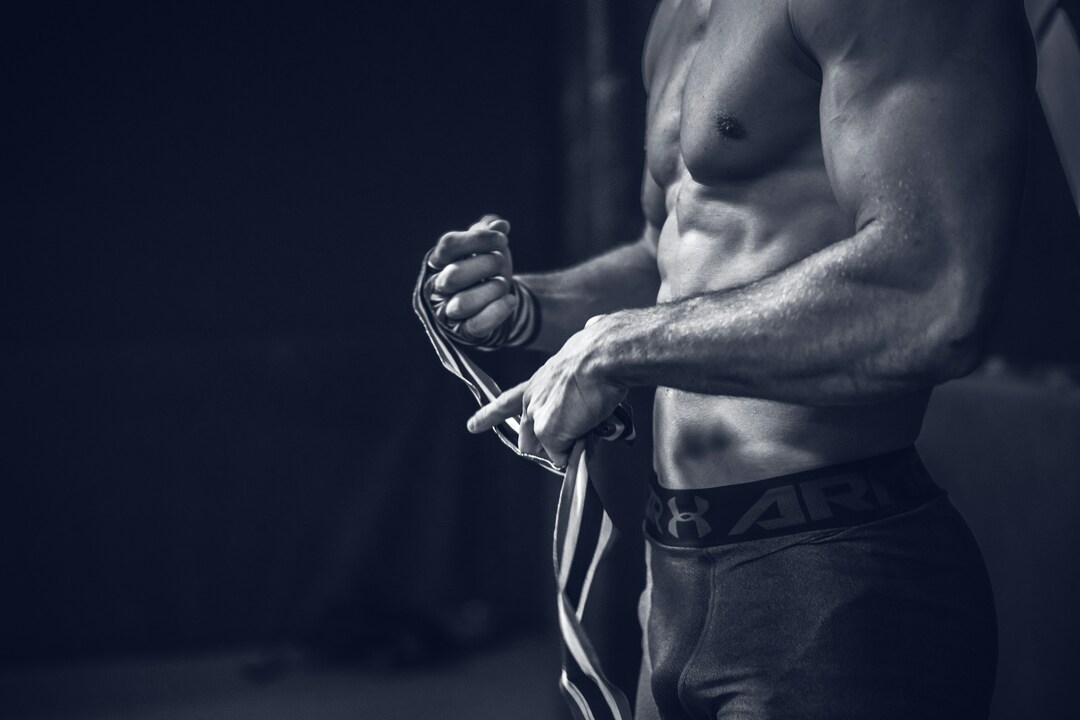
Grip improves fastest when you choose exercise variations that force the exact hand shapes and time-under-tension you need, then measure and tweak them like any other strength skill. Focus each session on one mechanical advantage, vary handle thickness and wrist position, and prioritize short, repeatable tests so you know if an exercise actually transfers to real tasks.
Deadlift grip tactics
Start with grip-specific deadlift work that isolates the hold without repeating the entire pull. Use timed lockout holds, alternating mixed and double overhand, and practice hook grip for short sets to build tendon resilience. Train the hold for 8 to 20 seconds on heavy singles, then back off volume; that pattern stresses connective tissue differently than high-rep sets and speeds neural adaptation.
Plate pinch progression
Treat pinch work as a skill, taking small, measurable steps. Progress by time first, then by weight: add 5-10 seconds to your hold target before adding mass. Use thinner-to-thicker plate transitions and try partial carries: walk 5 to 10 meters with a heavy pinch, then rest and repeat. That ordering — time, then weight—preservation technique under fatigue, gives more precise data on whether a change is real.
Farmer’s Walks
This straightforward exercise involves lifting the heaviest weights you can carry and walking as far as possible while holding them. The continuous tension challenges your grip endurance. Rest briefly when fatigued before repeating, making it a convenient and effective grip builder.
Meadows row grip emphasis
When you want stronger fingers under rotation, bias a row toward slower eccentrics and a wider hand position on the bar. Hold the top position for one to two seconds on each rep and control the descent for three to four seconds, because that stretch-tension recruits the forearm muscles differently than fast reps do. If you need a practical cue, think of pulling the bar into your hip and holding the grip as if you were stopping a rolling plate.
Kettlebell handle strategy
Shift one variable at a time: start with two-handed swings to groove timing, then move to single-arm sets and heavier handles to tax the grip. For transfer, practice switching hands mid-set and include carries immediately after swings to exploit acute fatigue and create real-world carryover. Handle thickness and hand turnover are the levers that change whether swings train grip or only condition the posterior chain.
Zottman curl and reverse curl uses
Use Zottman curls to specifically train pronation-supination strength by slowing the eccentric of each forearm rotation to three seconds, then rotating back explosively. For reverse barbell curls, allow the weight to roll toward your fingertips for a controlled count, then regrip before the concentric. Those subtle timing changes increase fingertip loading and improve grip control without adding extra sessions.
Short dedicated practice works
If you want a high-return habit you can do anywhere, add brief, focused work that trains the closing action of the hand, because short daily practice accumulates skill faster than infrequent long sessions, and platforms that track micro-progress help keep the stimulus honest. For example, a focused five-minute routine with a hand gripper or pinch holds is surprisingly potent, as shown by The New York Times (2025). Using a grip strengthener for 5 minutes a day can increase hand strength by 20%, and that kind of consistency compounds into broader gains over time.
Why technique beats repetition
This pattern appears across recreational lifters and athletes: endless forearm curls produce visible muscle but limited function because they do not teach the hand to stabilize awkward loads or resist rotational forces. The failure mode is simple: you train an isolated contraction rather than the integrated grip needed for carrying, pulling, and manipulating objects. Switch a few sets to functional holds and timed eccentrics, and you see clearer transfer to performance.
When the familiar approach starts costing progress
Most lifters patch together exercises without testing transfer, because it is familiar and feels productive. That works for short-term motivation, but as loads rise and goals demand percentiles rather than vanity metrics, fragmentation leads to wasted effort, conflicting cues, and unclear progress. Platforms like GetFit AI help by personalizing progressions, providing real-time technique feedback, and tracking small wins so you stop guessing and start climbing the strength curve with fewer wasted sets.
Rules to follow for quick progress
Treat grip training like a skill block, not a leftover set. Alternate focused grip days with heavier compound work so tendon load and neuromuscular stimulus are staggered, leave at least 48 hours before attacking the same grip pattern intensely again, and use objective tests every two to four weeks to confirm change. Over consistent cycles, structured practice of this type produces meaningful increases in capability, which aligns with findings that structured, regular training can shift baseline grip substantially, as summarized by The New York Times (2025). Grip strength can improve by 30% with regular exercise. It’s exhausting when your program looks busy but your hands don't get stronger; reframe the work as measurable skill practice, and you will stop spinning in cycles of effort with little transfer.
What that leaves us asking next will change how you choose exercises with nothing but your bodyweight.
Best Bodyweight Exercises to Improve Grip Strength
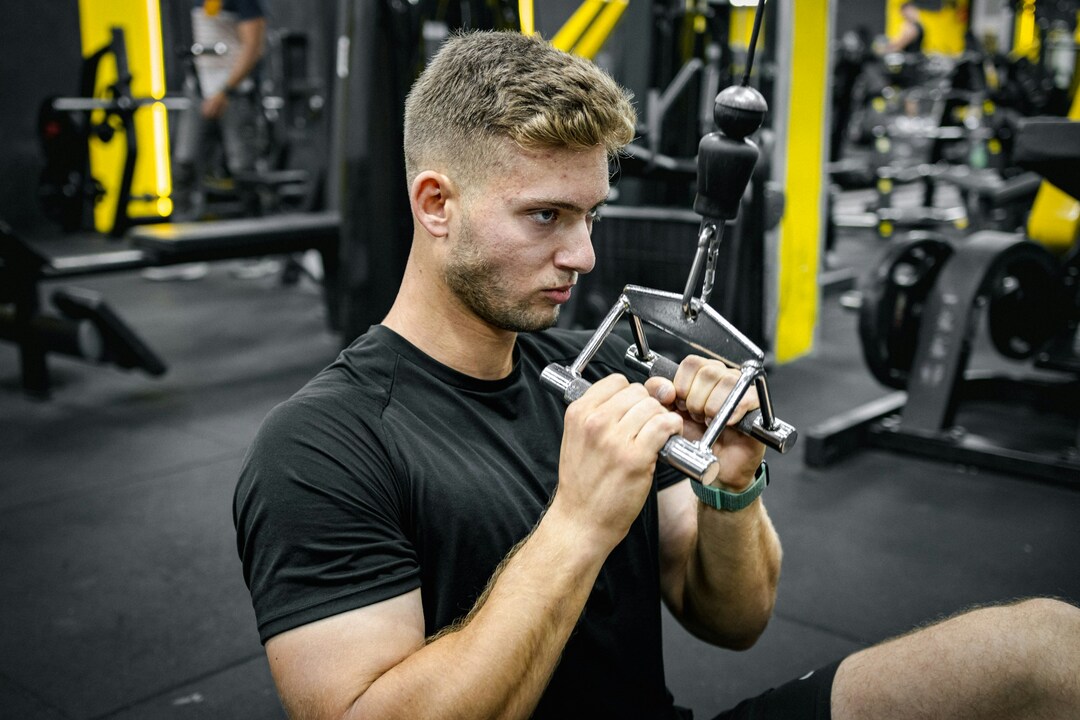
I focus on four bodyweight tools for grip: targeted pull-up variations, progressive dead hangs, fingertip press-up work, and intentional wrist mobility routines. Train them with clear progressions, timed holds, and planned recovery so grip becomes a repeatable skill, not a collection of random drills.
Pull-Ups
Pull-ups demand significant grip power as you lift your entire body to a bar. This compound movement activates your forearms intensely, visibly pumping them up by the end of your set. To increase grip difficulty and effectiveness, try adding fat grips or draping towels over the bar. These modifications require you to squeeze harder, enhancing strength in your fingers and forearms.
Dead Hang
The dead hang is a straightforward yet powerful exercise for strengthening your grip. Simply hang from an overhead bar with your arms fully extended and body aligned. Beginners can start with 20-30 seconds of holds, gradually increasing duration. Advanced practitioners can add weight via belts or vests to intensify the challenge. This exercise also improves shoulder mobility and grip endurance.
Press-Ups on Fingertips
Finger-tip press-ups are advanced but excellent for developing finger, wrist, and forearm strength. Begin in a push-up position with hands shoulder-width apart. Lift so only your fingertips support your weight, then lower your chest close to the floor before explosively pushing back up. This move strengthens the often-neglected muscles in the fingers and wrists, crucial for a firm grip.
Reverse Press-Up
Though not primarily for building strength, reverse press-ups stretch your forearms deeply by reversing the hand position. This exercise enhances flexibility, increasing the range of motion in which your grip strength can be effectively applied. Improved forearm flexibility complements grip strength by allowing you to perform tasks that require varied angles of hand and wrist positioning.
When should you add frequency, volume, or more variability?
If you want measurable gains within training cycles, plan two to three focused grip days per week and one lighter maintenance day, leaving at least 48 hours between heavy grip efforts. That spacing favors tendon recovery and a fresh nervous system. Expect adaptation across 6- to 12-week blocks, and measure change with short, repeatable tests rather than guessing. With consistent progressive overload and sensible recovery, measurable improvement is realistic, as evidenced by The New York Times (2025): grip strength can improve by 30% with regular exercise, indicating that structured routines produce substantive change over time.
After working with weekend athletes in 6-week blocks, a pattern emerged: sticking to a tight set of bodyweight grips and testing every two to four weeks improved adherence and perceived posture, while chasing every new gimmick produced fatigue and little transfer. That frustration, when people find conflicting advice online, is real; they want simple, effective drills that actually move scores and daily function.
Most athletes layer random grip drills into sessions because it feels productive and requires no new tools, but that familiar approach fragments progress and creates plateaus as tendon load and technique drift. Platforms like GetFit AI provide adaptive progression rules, technique feedback, and micro-targets that keep overload precise while protecting recovery, so athletes avoid wasted volume and maintain steady improvement.
If you pair grip training with other lifts, how should you sequence it?
If maximum grip strength is the priority, do focused holds and heavy pull variations early in the session when you are fresh. If endurance or conditioning is the goal, perform grip work at the end of workouts to train resilience under fatigue. The trade-off is simple: early placement buys peak force, late placement buys endurance and real-world carryover. Choose sequencing based on what you need to improve.
Think of tendon adaptation like breaking in leather boots; you do small, deliberate steps, and the material changes without tearing.
That solution sounds complete, until you realize the real payoff shows up not in raw numbers but in daily performance—and that question is precisely what comes next.
Related Reading
- Average Bench Press Kg By Age
- Best Gym Workout App
- Best Workout Apps
- Best Workout Tracker App
- Best Hiit Workout App
- Best Calisthenics Workout App
- Best Free Workout Apps
- Average Bench Press By Age 16
- Average Deadlift Weight For Male
- Average Deadlift Weight Kg
What Are The Benefits of Improved Grip Strength?
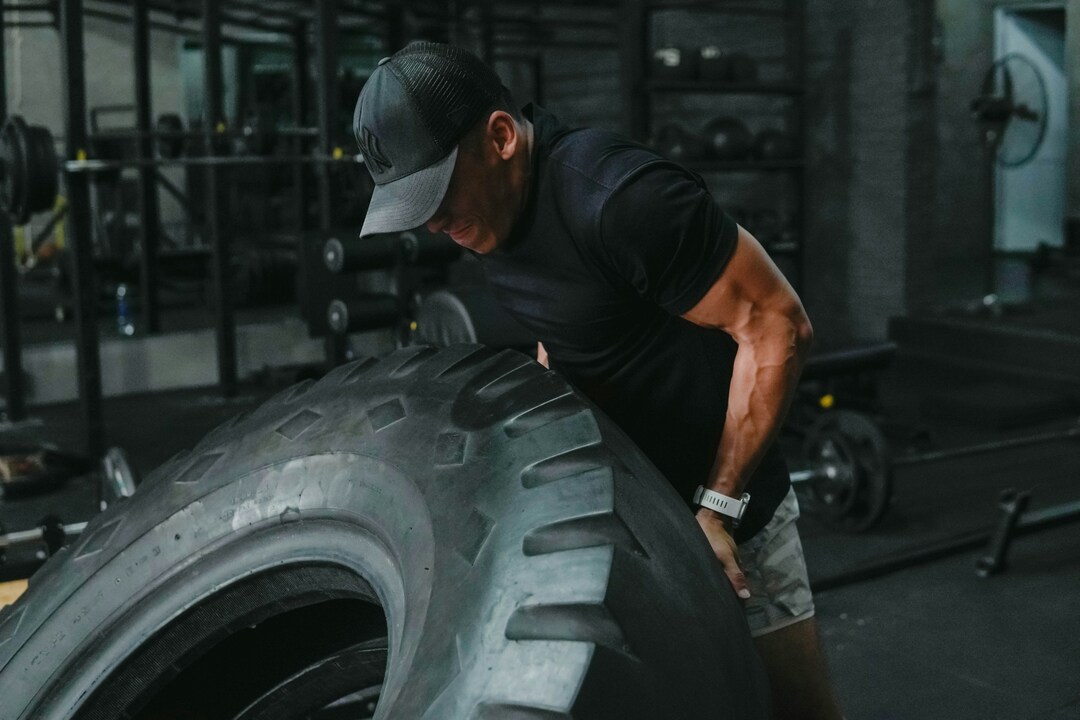
Firmer grip pays dividends across your health, work, and recovery pathways, not just on the barbell. You get measurable risk reduction in primary health outcomes, more apparent functional advantage at work and in sport, and better odds of quicker, more durable recovery after injury.
Reduction in Risk of Carpal Tunnel Syndrome
Increasing grip strength helps stabilize the wrist and hand muscles, reducing pressure on the median nerve and lowering the risk of carpal tunnel syndrome. This condition, caused by nerve compression, often results from weak or overused hand muscles. Strengthening these muscles helps protect nerves and minimizes associated pain and discomfort.
Better Fine Motor Skills
Stronger hands enhance fine motor control, making daily tasks, such as buttoning a shirt, typing, or cooking, much easier and less frustrating. Improved grip strength facilitates smoother, more precise hand movements, benefiting both everyday activities and specialized tasks that require dexterity.
Improved Resistance to Arthritis
Enhanced grip strength is linked to better joint stability and muscle support around the hands and wrists, which can delay or reduce the severity of arthritis symptoms. Stronger muscles help cushion the joints, protecting them from wear and inflammation that contribute to arthritis.
Reduced Risk of Tendinitis
A firm grip improves tendon health by increasing the strength and resilience of tendons in the forearm and hand. This resilience reduces the incidence of tendinitis, a painful inflammation commonly caused by repetitive strain or overuse. Strengthening the grip distributes mechanical stress more evenly, preventing overload on specific tendons.
Muscle Mass Gains Through Strength Improvements
Grip training also promotes muscle growth in the hands, wrists, and forearms. This not only supports functional strength but also contributes to overall arm muscle development, which enhances physical appearance and athletic performance.
Decreased Risk of Injury in the Gym
Improved grip strength helps maintain control over weights and equipment, reducing the risk of accidents like dropping weights or losing form mid-lift. By supporting joint stability and muscular endurance, a firm grip lowers the likelihood of strains, sprains, and other injuries during exercise.
Fewer Trips Carrying Shopping Bags
Beyond the gym, a firmer grip makes carrying heavy objects, such as shopping bags or luggage, much easier. Rather than having to pause and rest frequently, improved grip endurance lets you carry more weight comfortably for more extended periods, reducing daily strain and inconvenience.
Additional Health Benefits and Longevity
Research shows that grip strength correlates with overall muscle strength and general health, with stronger grip strength linked to a longer lifespan and a lower risk of chronic diseases such as diabetes and heart disease. Maintaining grip strength can be a helpful indicator of healthy aging and of preserving functional independence.
Most clinicians still rely on one-off dynamometer readings for screening and programs, which is understandable given their quickness and familiarity. The hidden cost is missed trends, delayed interventions, and rehab plans that treat a snapshot rather than a trajectory. Platforms like GetFit AI step into that gap by providing continuous tracking, individualized microprogressions, and real‑time technique feedback, letting practitioners spot small but meaningful improvements sooner and tailor stimulus before problems escalate.
What immediate functional wins should you expect?
The fastest, most visible gains show up in tool control, transfer tasks, and fall or slip prevention, because stronger hands change how you absorb and redirect force. You also win psychologically, as your confidence rises as you stop avoiding tasks that once felt risky. Those emotional returns matter: people who feel safer using their hands move more, which compounds into better conditioning and fewer long‑term deficits.
That solution sounds decisive, but the surprising part is what most people still miss about translating athlete-level benchmarks into everyday progress.
Make Your Favorite Athlete Your Fitness Trainer | Try GetFit AI's AI Trainer App for Free Today 💪
Train like the legends without turning every session into busywork, because logging sets and hiring pricey trainers should not be the barrier between you and measurable progress. GetFit AI User Survey: 80% of users reported improved fitness levels within 3 months. GetFit AI Cost Analysis: Users saved an average of $200 per month on personal training costs. Consider GetFit AI to follow athlete-caliber routines with adaptive coaching that keeps the paperwork out of your workout and turns steady effort into tangible results.




.png)











